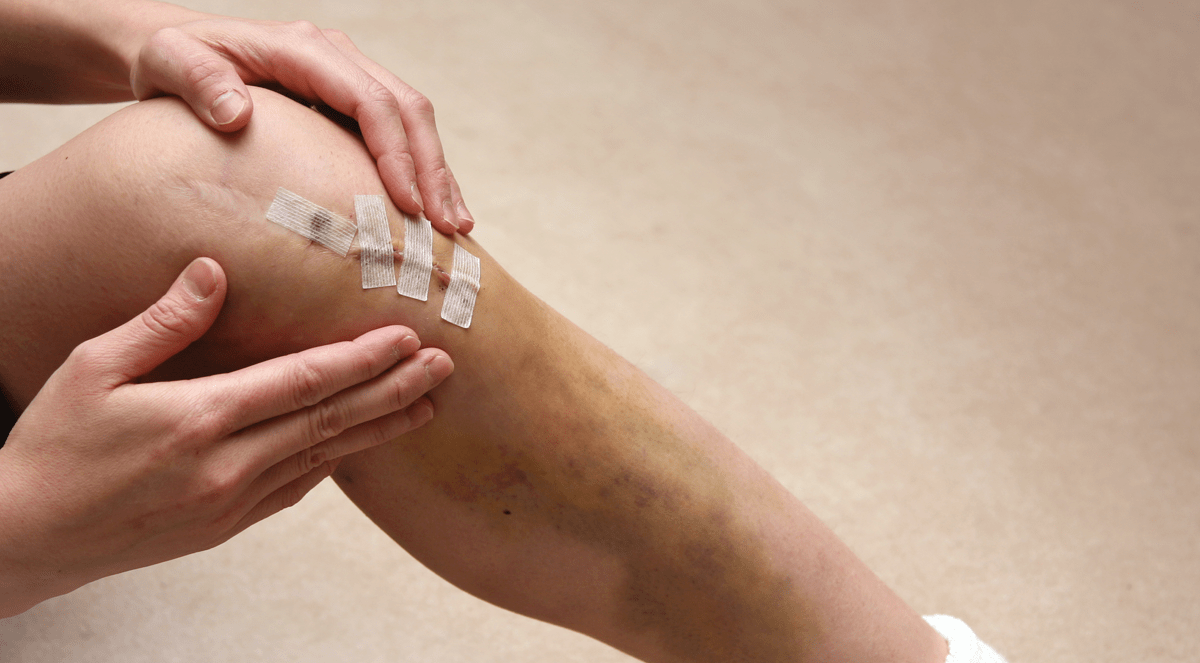According to the American Academy of Orthopaedic Surgeons (AAOS), about 252,000 people in the United States suffer anterior cruciate ligament (ACL) injuries each year. ACL ruptures are typically the result of traumatic sports-related contact injuries, but they can also occur during non-contact activities. People who suffer ACL injuries are at higher risk for developing arthritis later in life. Studies indicate that women are two to eight times more likely to suffer an ACL injury than men.
Several patient factors may affect the choice of treatment when managing ACL injuries. These include associated injuries that patients have experienced as well as comorbidities and skeletal maturity. Other characteristics like obesity, activities, and work demands can also play a role in treatment decision-making.
Navigating Complexities
Recently, the AAOS released a clinical practice guideline (CPG) on the management of ACL injuries. The guideline recommends that reconstructive surgery occur within 5 months of an ACL injury to protect the knee joint, based on moderate supportive evidence. In addition, the CPG states that autografts are preferable over allografts to repair an ACL tear in adults aged 18 to 35.
In 2015, the AAOS Board of Directors approved Appropriate Use Criteria (AUC) for ACL injury prevention programs and treatment. The AAOS also released AUC checklists on postoperative rehabilitation and function to help guide patients and physicians through treatment decisions and ensure that patients safely return to sports and physical activities. The AUCs, checklists, and links to a smartphone app are available for free online at www.orthoguidelines.org/auc.
“Patients who suffer ACL injuries are a diverse group, and each individual will require a tailored treatment based on their unique characteristics,” says Robert H. Quinn, MD, who serves as the AUC section leader of the AAOS’s Committee on Evidence-Based Quality and Value. Some patients may be skeletally immature while others may be older. Some are low-risk athletes while others have at higher risk because of the sports they play. Treatment decisions may also vary if patients who have arthritis. These factors can make both prevention and treatment of ACL injuries challenging.
Addressing Prevention
For athletes involved in competitive or recreational athletics who have no prior history of ACL reconstruction and no current history of ACL deficiency, the AUC for ACL injury prevention programs provides helpful advice. Supervised injury prevention programs for ACL ruptures can be successful provided that they utilize the best available scientific evidence and expert opinion, according to Dr. Quinn. “The AUC helps alleviate some of the controversy surrounding options that are most applicable to patients,” he says.
The injury prevention AUC use patient indications and classifications—including sex, growth status, activity level, sports participation, and athlete risk, among others—to determine if a particular supervised ACL injury prevention program is optimal. Depending on each patient’s unique characteristics, several options may be considered (Table). For example, a supervised ACL injury prevention program is rated as “appropriate” for male, pre-pubertal, competitive athletes in high-risk sports. Conversely, the same program is labeled as “may be appropriate” for female post-pubertal/mature, recreational athletes in low-risk sports.
Exploring Treatments
The AUC for treating ACL injuries provides specific guidance on various patient indications, including age, activity level, presence of advanced arthritis, and the status of the ACL tear. “Specific next steps and procedures are recommended to ensure optimal recovery, and each treatment recommendation is ranked by level of appropriateness,” Dr. Quinn says. “The AUC delineates the most appropriate treatments in each category in an easy-to-maneuver way. It gives clinicians an opportunity to enter specific circumstances and then highlights where the evidence matches the recommendations.”
Most patients are eager to return to athletics or physical activity following ACL surgery, but a significant amount of postoperative rehabilitation and functional recovery is required before these activities can be resumed. To address these issues, the AAOS AUC includes “Return to Play” and “Postoperative Rehabilitation” checklists.
The “Return to Play” checklist indicates that patients should feel confident that they can return to their activities and advises participation in ongoing ACL prevention and movement retraining programs before resuming activities. In addition, the graft and surgical site should have fully healed, and range of motion, balance, knee stability, strength, and functional skills should have been restored. The “Postoperative Rehabilitation” checklist describes post-surgical protocols. These include early range of motion, weight bearing, and closed and open chain quad and hamstring therapy as well as optional rehabilitative bracing and neuromuscular stimulation.
“These are evidence-based checklists that help guide physicians on what patients should be experiencing before they return to athletics,” says Dr. Quinn. “They’re constructed in a way that sets realistic expectations for what needs to be accomplished. These tools can be valuable as physicians and patients work together to overcome these injuries and improve long-term outcomes.”



 PWeekly
PWeekly